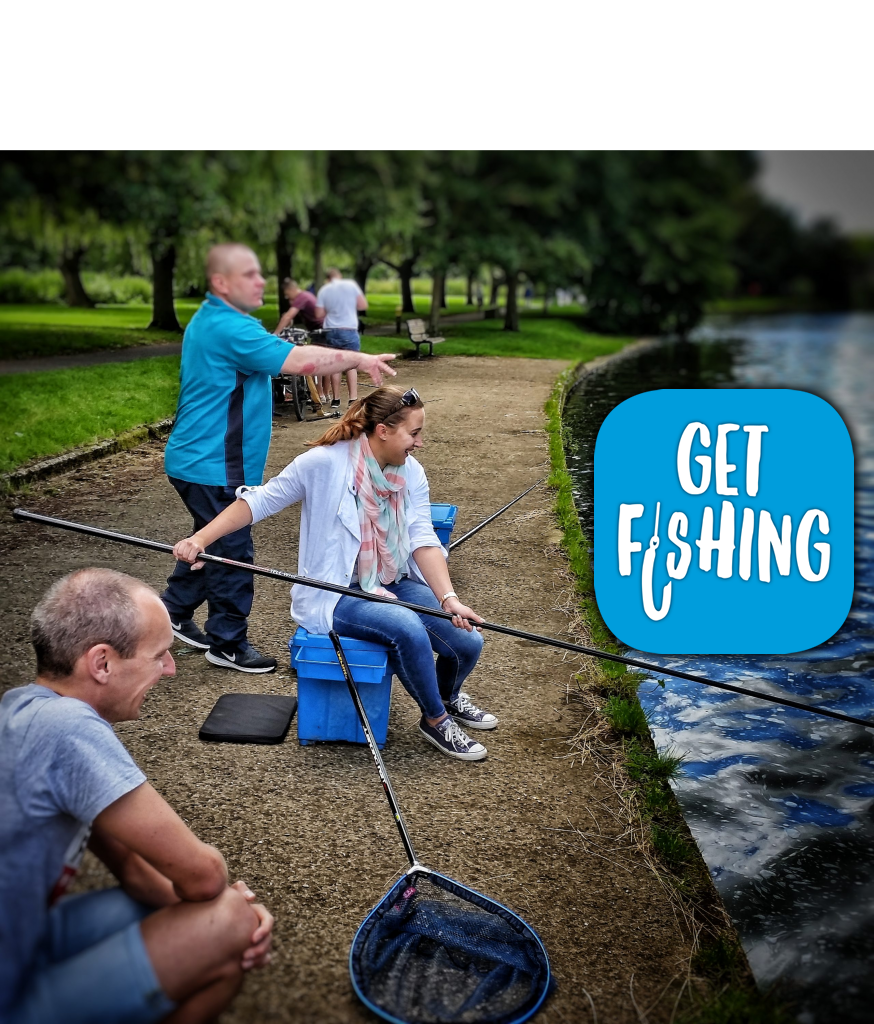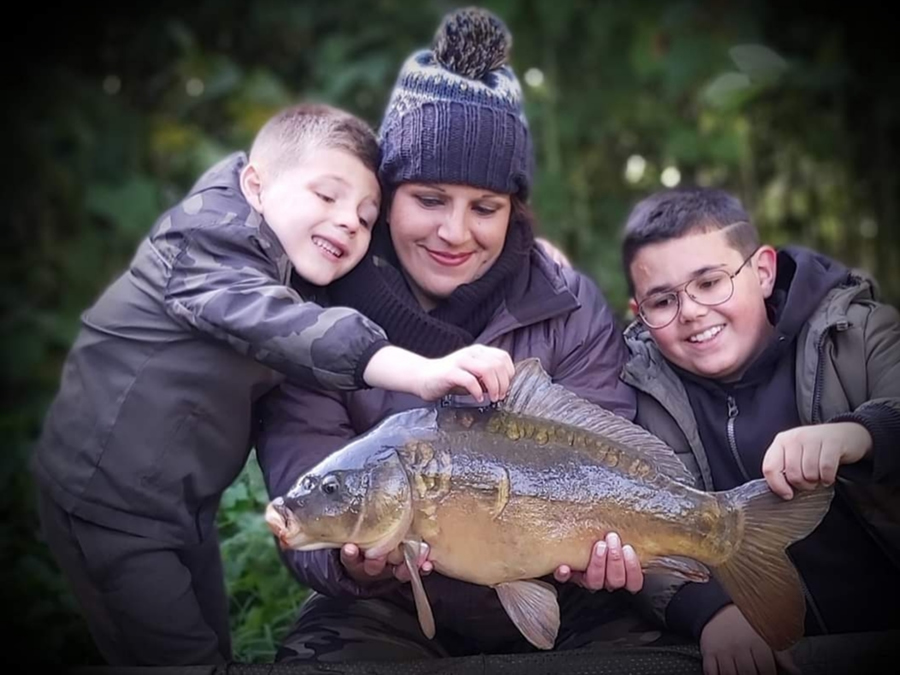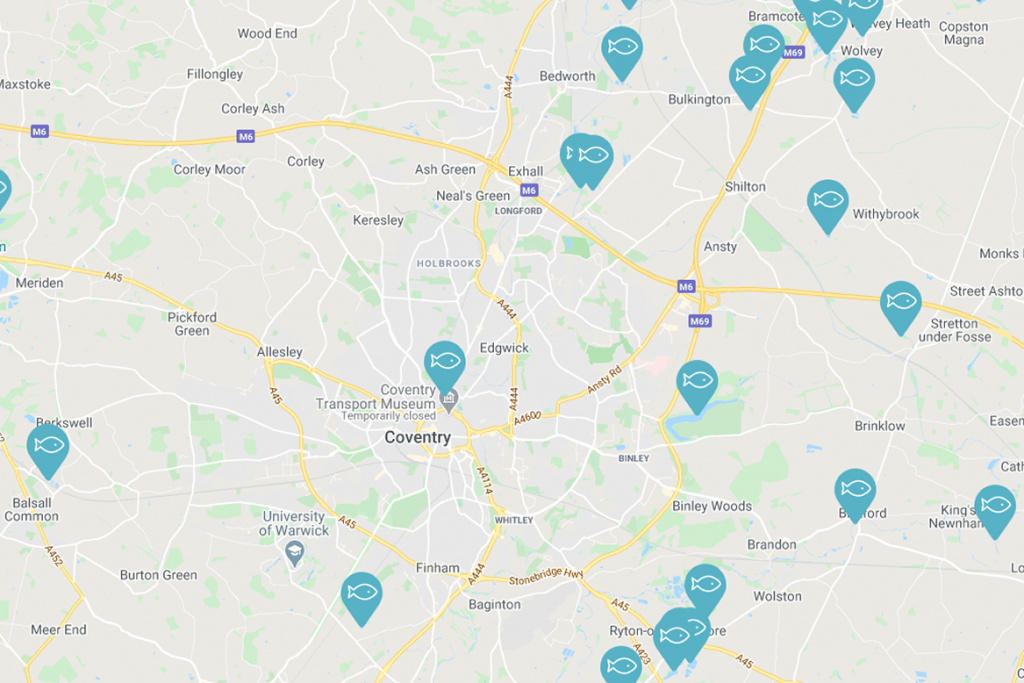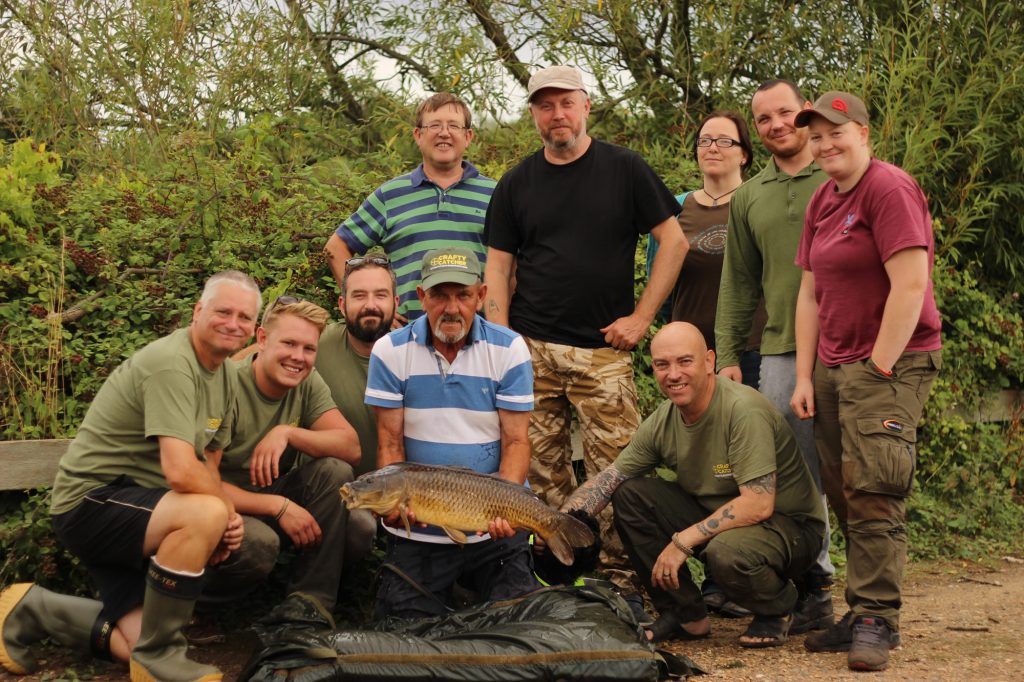
Lines On The Water
How do water temperatures affect fish and fishing?
Water temperature can have a big effect on both fish and fishing, so as an angler it pays to understand, at least to an extent, how changes in water temperature affect fish feeding habits and ultimately fish health. This knowledge can be the difference between a great day’s sport and a poor one and can also ensure that you understand when fish are vulnerable and in need of particular care.
Water temperature has a huge effect of the lives of the fish in our rivers, lakes and canals. It effects their ability to grow, to feed, to reproduce and the search for cooler water in the summer and warmer water in the winter will also effect where you will find them. In extreme temperatures our fish stocks very survival is dependent on suitable water temperatures.
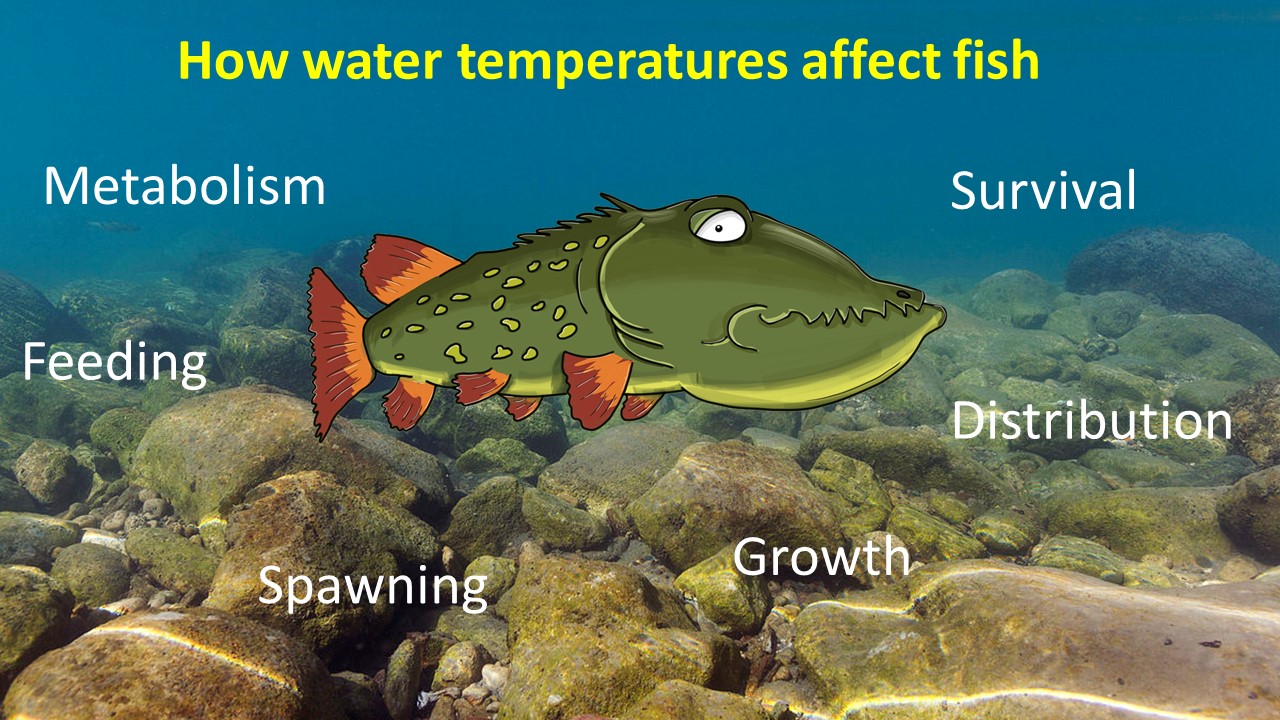
Within limits, the colder it is, the slower freshwater fish are able to digest food as their metabolic rate slows down. Many species of freshwater fish feed very little during prolonged cold spells, so you will rarely catch species like tench, crucians and rudd in the depths of winter. Some species though feed even in very cold conditions such as chub and roach making them the ideal species to target as the cold weather draws in.
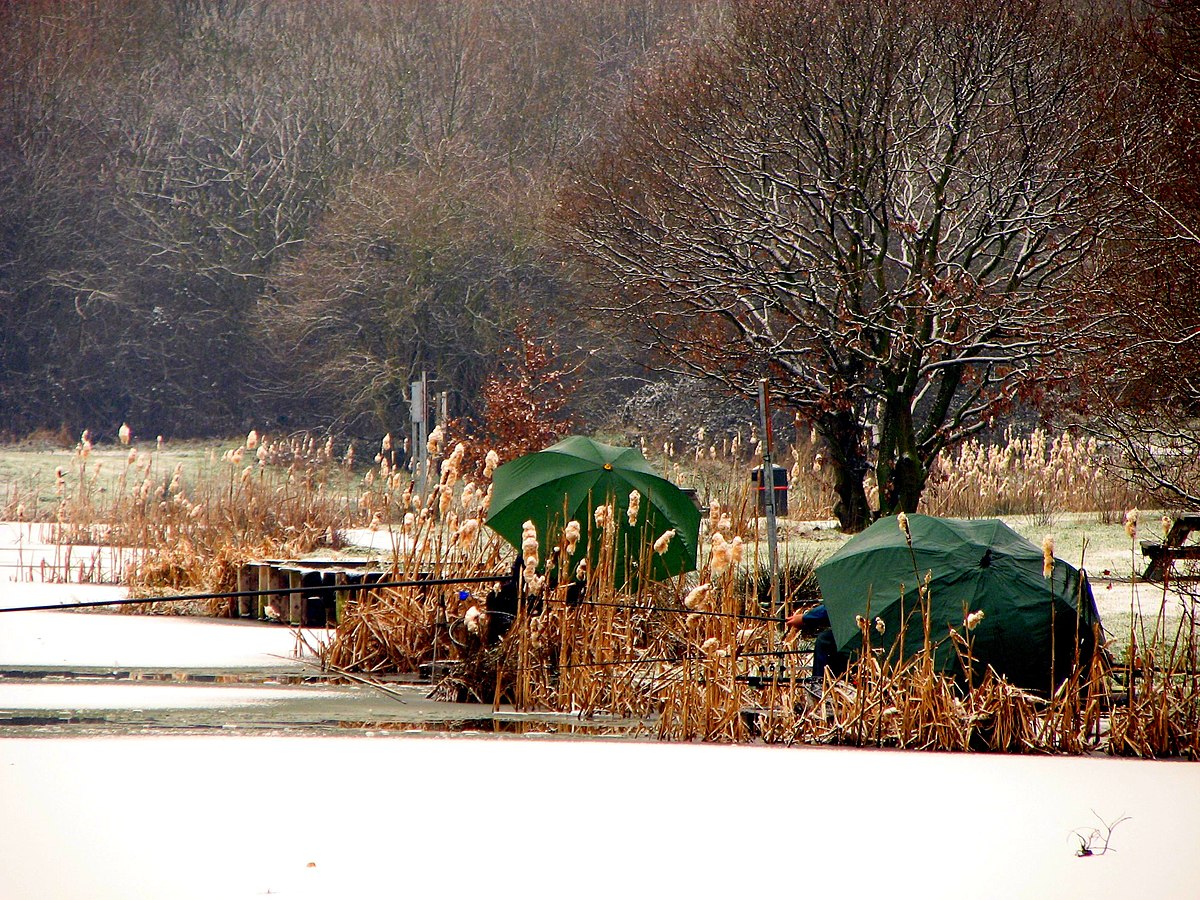
Fish also dislike extreme changes in temperature, they much prefer consistent temperatures and gradual changes, so a vicious cold snap or a sudden hot spell are unlikely to be a good time for fishing. Look for a period of settled weather and consistent temperatures over a number of days and you may be in for a session to remember !
Water temperature will also dictate where fish decide to congregate, in cold water conditions fish will search for warmer water, which can often be in deeper sections and on rivers deep city centre areas are often warmer than out in the countryside. It’s no surprise then that city centre fishing areas can often be real hotspots for winter roach fishing. In the summer, fish will be looking for cooler, better oxygenated water and shade, so streamy areas with overhanging trees and weirpools are obvious holding spots.
As temperatures rise, fish are able to digest food quicker, have more energy and feed more often. So fish become more active and generally are easier to catch. There is a limit though, as temperatures rise the amount of dissolved oxygen in the water decreases. This factor is often made worse by the fact that river and lake levels often drop in the summer, meaning there is physically less water for the fish to live in and shallow water heats up quicker. The combination of low water levels and high temperatures can also make fish more susceptible to disease and parasite infections, so we have to be extra careful when it comes to fish handling when fishing in warm temperatures.

Another factor worth considering is that as a result of photosynthesis, water plants and weed produces oxygen during the day, but then actually use up oxygen in the water during the night. This means that in warm conditions, oxygen levels will be at their lowest at first light, when the air temperature may actually feel a good deal cooler. So fish caught in the early morning, particularly from small weedy stillwater fisheries may be at particular risk.
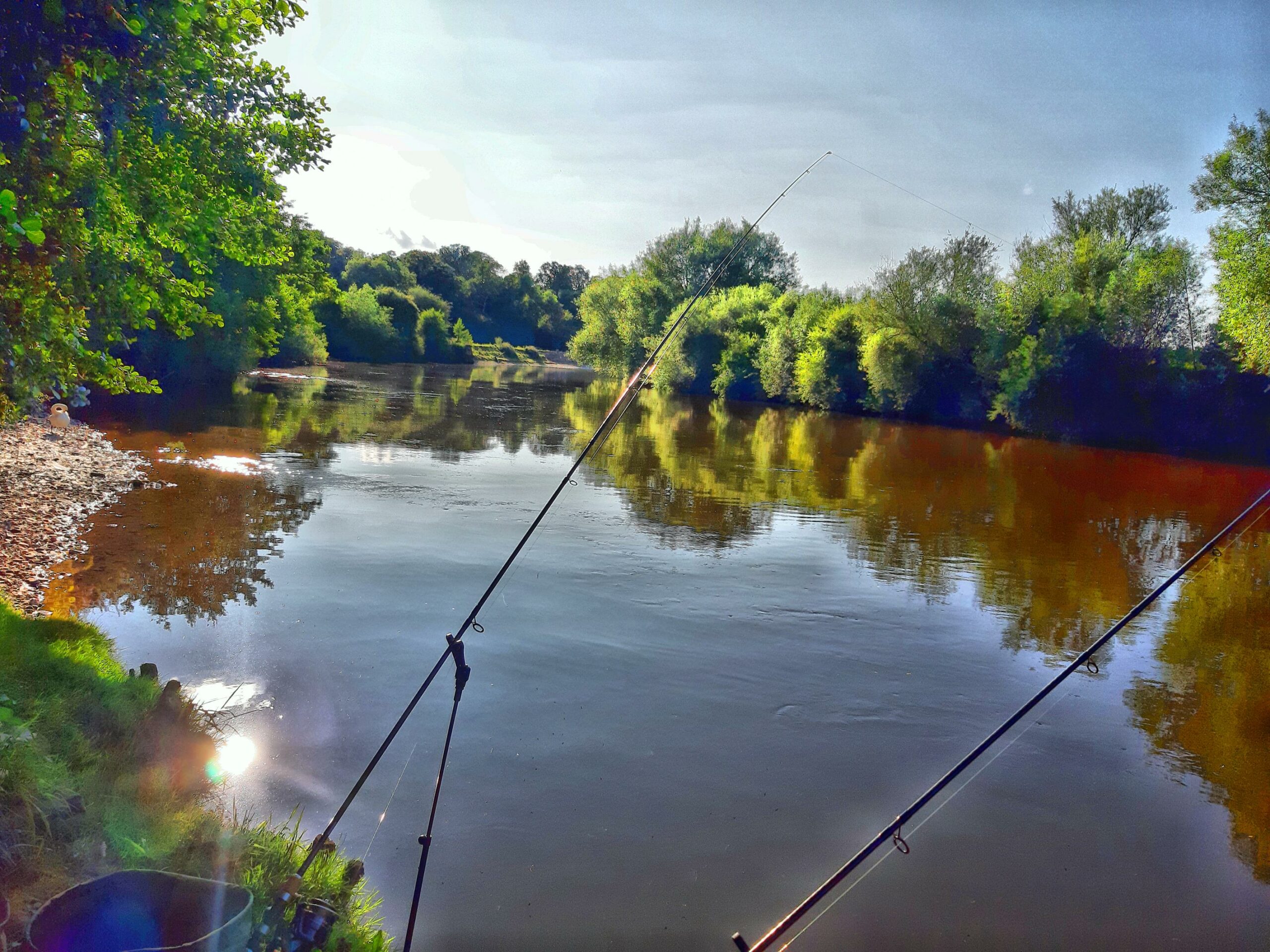
Different species are also more vulnerable to warm water/low oxygen levels than others, with carp an eels better able to cope and trout and salmon particularly badly effected. The nature of your fishery is really important, if it is a flowing natural river with plenty of riffles and shallows, then the water will be more oxygenated, if it’s a slow, canalised river, or stillwater it is likely to have lower dissolved oxygen levels in hot conditions.

So what can anglers do to help protect our fish stocks and care for the fish we catch ?
- Remember, fish use up oxygen when they fight, so large fish that take a long time to land will be particularly susceptible in warm water conditions.
- If possible keep fish in the water while you are unhooking them, this is particularly important for Salmon which may also be weighed down by spawn and can be damaged if removed from the water completely.
- Return fish quickly and support them in the water as they recover. In a river hold them facing upstream allowing the water to pass over the gills to aid recovery.
- Consider not targeting species such as Salmon and trout when the water temperature is over 19 degrees or large barbel, and pike when the water temperature is over 21 degrees, particularly on slow moving, poorly oxygenated waters. On faster, better oxygenated rivers, and large deep lakes and lochs then slightly higher temperatures (one or two degrees) may be acceptable but please err on the side of caution.
- Carry a thermometer so you can check water temperatures easily.
- Consider not using a keep net, especially for larger fish during hot conditions.
- Always handle fish with wet hands and get them back as quickly as possible.
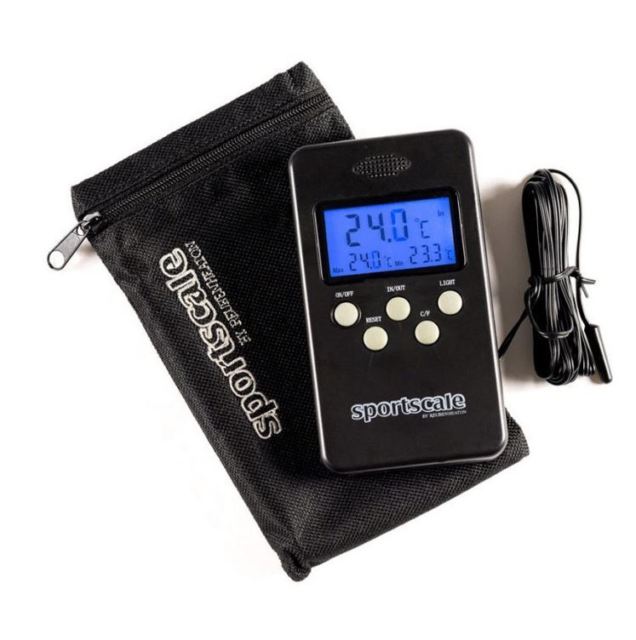
Useful links:
Dry weather advice for riverine fisheries
Dry weather advice for stillwater fisheries
You might also like

We want a water industry fit for purpose

Another year of anglers’ data reveals another year of…

Get Fishing Fund – Funded Project: ‘Summerhayes Junior Angling…
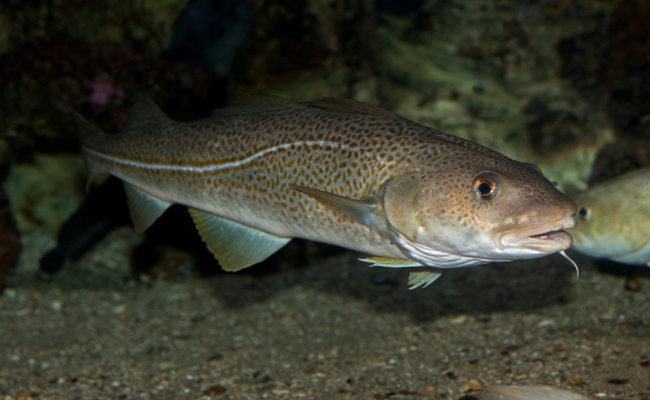
Will the UK-EU Fisheries Deal Deliver for Sustainability and…

The smile says it all! Kayson is hooked! –…
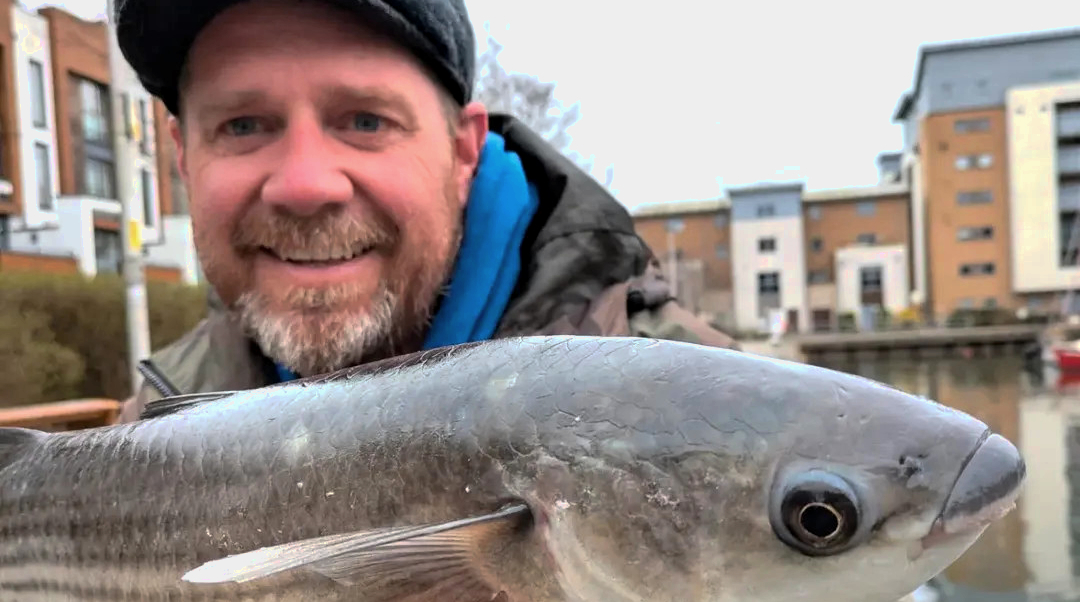
Our Man with a Mullet! Dean Asplin, enjoys a…
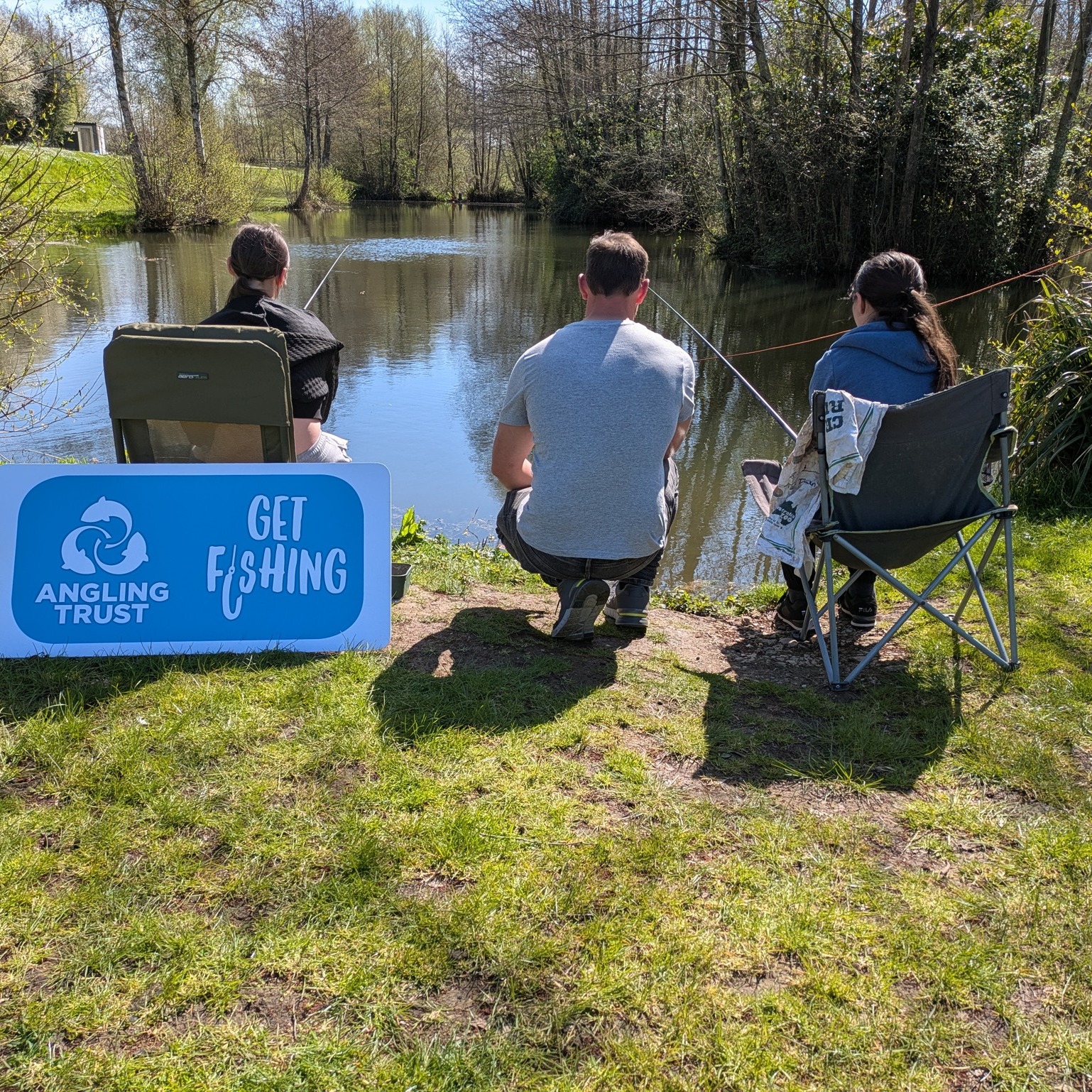
Underdog Crew hosts top draw fishing events with Hintlesham…
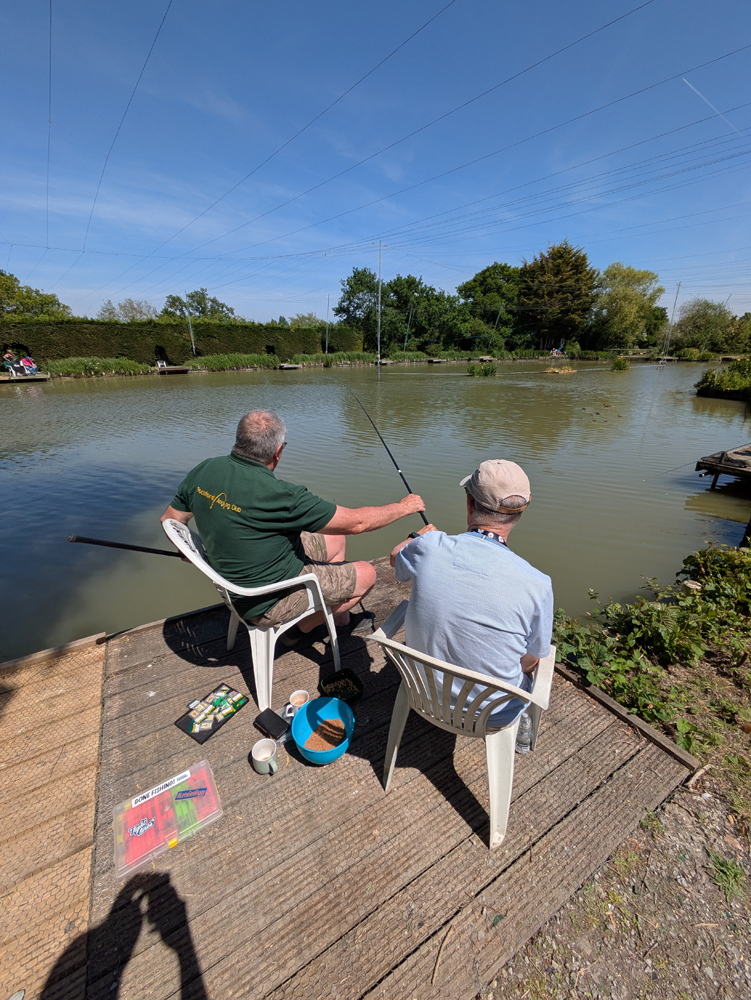
NEW BLOG: Fishing helped my Peaceful Place members with…

Minister’s Visit Highlights Collaborative Action on Pollack Conservation

Angling Trust calls for radical reforms to end sewage…
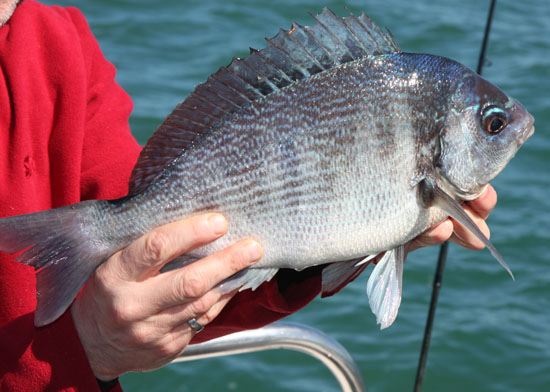
Have Your Say: Shape the Future of Black Bream…

NEW BLOG: Get Fishing Award event for North Cambridge…

We want a water industry fit for purpose

Another year of anglers’ data reveals another year of…

Get Fishing Fund – Funded Project: ‘Summerhayes Junior Angling…

Will the UK-EU Fisheries Deal Deliver for Sustainability and…

The smile says it all! Kayson is hooked! –…

Our Man with a Mullet! Dean Asplin, enjoys a…

Underdog Crew hosts top draw fishing events with Hintlesham…

NEW BLOG: Fishing helped my Peaceful Place members with…

Minister’s Visit Highlights Collaborative Action on Pollack Conservation

Angling Trust calls for radical reforms to end sewage…

Have Your Say: Shape the Future of Black Bream…

NEW BLOG: Get Fishing Award event for North Cambridge…

We want a water industry fit for purpose

Another year of anglers’ data reveals another year of…

Get Fishing Fund – Funded Project: ‘Summerhayes Junior Angling…

Will the UK-EU Fisheries Deal Deliver for Sustainability and…

The smile says it all! Kayson is hooked! –…

Our Man with a Mullet! Dean Asplin, enjoys a…

Underdog Crew hosts top draw fishing events with Hintlesham…

NEW BLOG: Fishing helped my Peaceful Place members with…

Minister’s Visit Highlights Collaborative Action on Pollack Conservation

Angling Trust calls for radical reforms to end sewage…

Have Your Say: Shape the Future of Black Bream…

